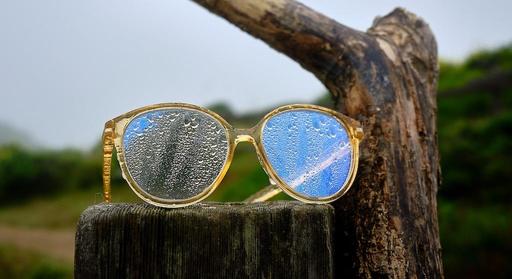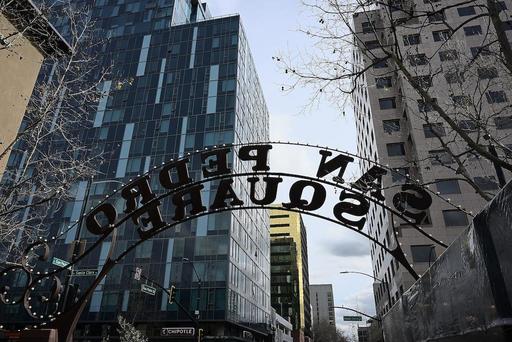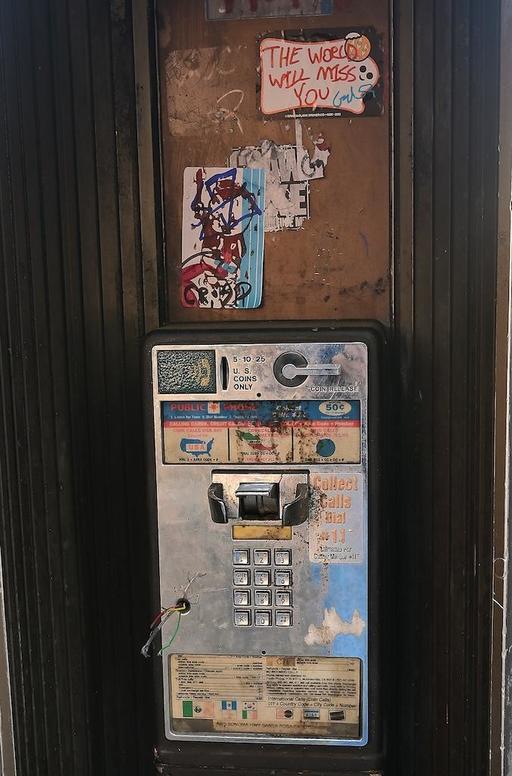 Fujifilm Velvia film simulation with a Fujifilm X100V digital camera.
Fujifilm Velvia film simulation with a Fujifilm X100V digital camera.
When Oppenheimer cinematographer Hoyte van Hoytema accepted his Oscar recently, he opened his acceptance speech by urging aspiring filmmakers to "... please try shooting with that incredible, new, hip thing called celluloid." I understand exactly where he's coming from.
The color palettes and tonality of various film stocks are a refreshing (and artistic) change from the barrage of saturated color and knife-edge sharpness of many digital images. And even though it's not practical for many hobbyist photographers to shoot and process film, there are alternative Jpeg recipes that come very close to the real thing.
 Kodak Gold 100 film simulation with a Nikon Zf. Photos by Derrick Story.
Kodak Gold 100 film simulation with a Nikon Zf. Photos by Derrick Story.
Some cameras, like the Fujifilm X100VI (and all Fuji cameras for that fact) have alternative recipes built right into the camera. The photographer can switch from Velvia to Astia with just a press of a button.
Other cameras, such as the Nikon Zf include Picture Controls and leave open slots in the menu for third-party formulations. I have filled up all those openings on my Zf with the likes of Ilford HP5, Kodak Tri-X, and Gold 100.
This creative goodness is made possible by the nature of mirrorless cameras with their electronic viewfinders. We can enable a look, such as HP5, and then actually view the world via the film emulsion through the EVF. This takes creativity to a whole new level.
Those who worry that this experimentation might yield results they don't like later on the computer screen can rest assured that if the camera is set to RAW+Jpeg, the RAW file will still be pristine and completely editable while the Jpeg displays the color and tonality of the film simulation. It's the best of both worlds.
 "The World Will Miss You" Fujifilm Velvia film simulation of a Nikon Zf.
"The World Will Miss You" Fujifilm Velvia film simulation of a Nikon Zf.
Resources to Get Started with Film Simulation
If this sounds interesting to you, I have some resources to help you get started.
Peering Through the Looking Glass of Film Simulations - Explains what film simulations are, how to apply them to your camera, with links to sites that feature recipes. This is a free link.
Film Simulations - Nothing to Lose, Everything to Gain - In this podcast, I talk about how I use these recipes to energize my creativity.
Once you go beyond the standard Jpeg processing formula for your digital camera, I doubt that you will ever see the world the same through your EVF. And if you don't believe me, just ask award-winning cinematographer Hoyte van Hoytema.











